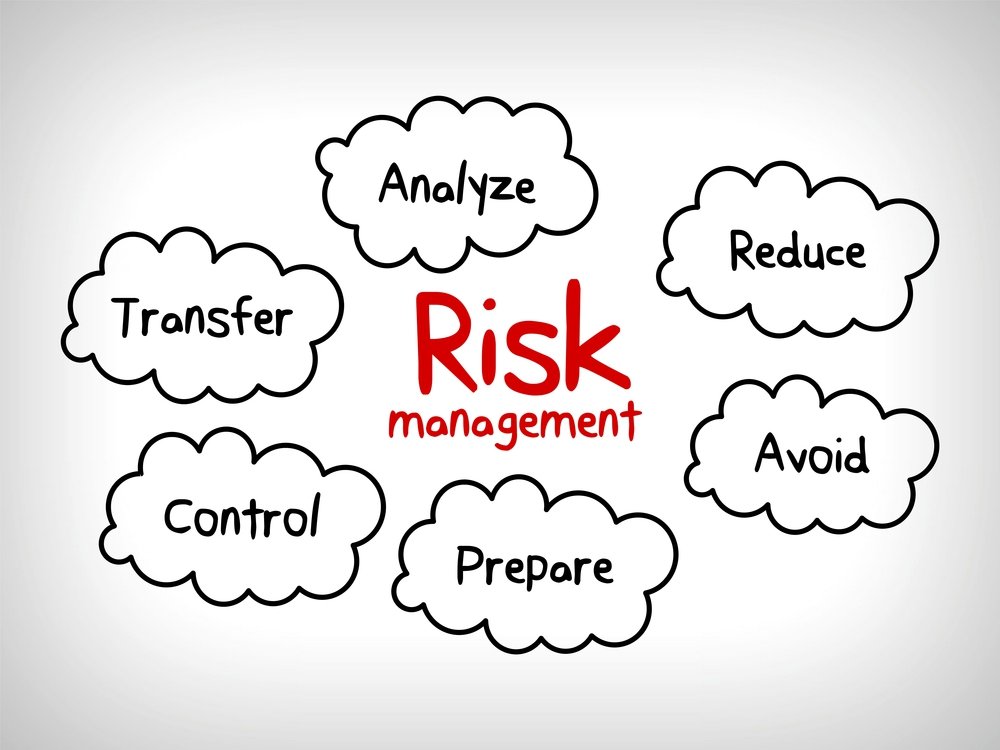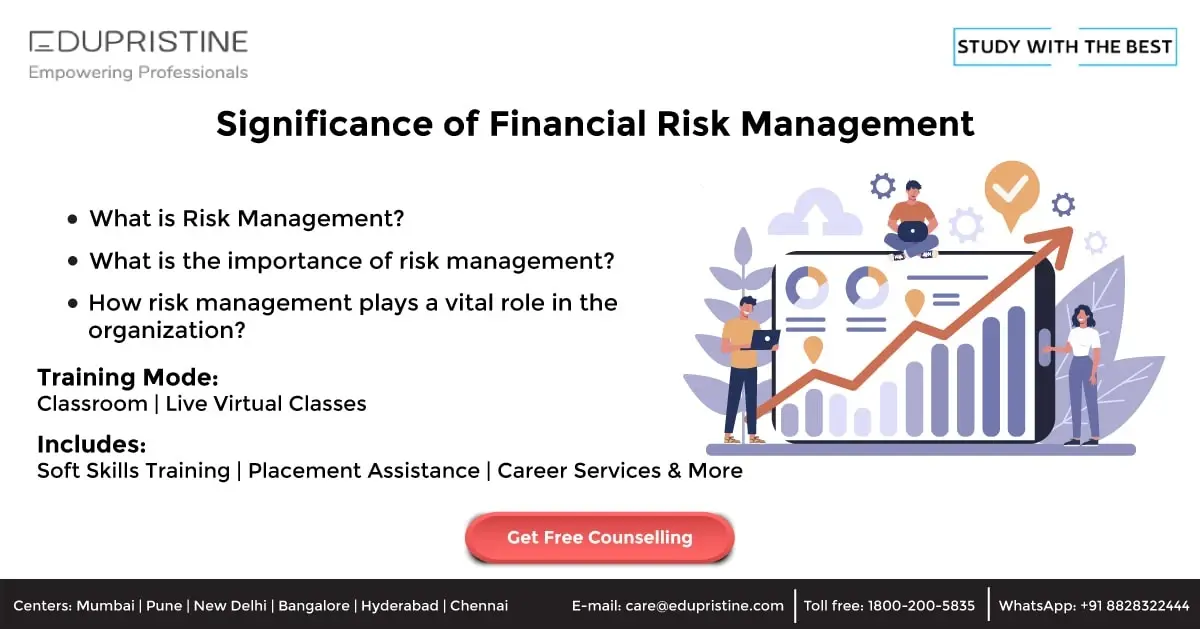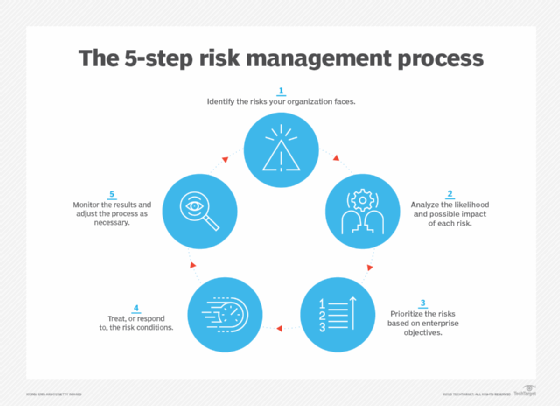A Comprehensive Guide to Understanding the Importance of Risk Management
A Comprehensive Guide to Understanding the Importance of Risk Management
Blog Article
Checking out the Relevance of Risk Management for Effective Decision-Making Strategies
In the elaborate globe of organization, Risk Management emerges as an important variable in the decision-making procedure. The ability to determine prospective hazards and opportunities, and strategize accordingly, can mean the distinction in between success and failing.
Understanding the Concept of Risk Management
Risk Management, an essential component in decision-making, is commonly misconstrued or oversimplified. Typically, it describes the identification, analysis, and prioritization of dangers to minimize, check, and control the likelihood or impact of unfortunate occasions. Nonetheless, it's not simply concerning avoiding adverse results, but likewise concerning identifying potential chances. Risk Management involves disciplined and organized strategies, utilizing data and informative assessments. It requires an extensive understanding of the company's context, goals, and the prospective risks that can combat them. From monetary uncertainties, lawful obligations, tactical Management mistakes, to mishaps and all-natural catastrophes, it deals with various dangers. Importantly, reliable Risk Management is not stagnant; it's a continuous, positive process that advances with altering situations.
The Function of Risk Management in Decision-Making Processes
In the realm of calculated preparation and organization procedures, Risk Management plays an integral role in decision-making processes. Risk Management thus ends up being a crucial tool in decision-making, helping leaders to make informed choices based on a comprehensive understanding of the risks entailed. Risk Management serves as a crucial part in the decision-making procedures of any organization.

Exactly How Risk Management Enhances Strategic Preparation
In the context of calculated planning, Risk Management plays a critical role. Launching with the recognition of potential threats, it additionally reaches the implementation of Risk mitigation actions. The function of Risk Management is vibrant however not static, as it requires constant surveillance and adjusting of methods.
Determining Potential Threats

Carrying Out Risk Mitigation
Having established the importance of recognizing potential dangers, the next step is to discover Risk mitigation. This procedure includes developing and applying techniques to take care of determined dangers effectively. It is a critical facet of tactical planning as it boosts decision-making by decreasing possible unfavorable results. Risk mitigation strategies can vary from Risk evasion, Risk transfer, to take the chance of reduction. Each approach must be tailored to the certain Risk, considering its potential influence and the company's Risk tolerance. Efficient Risk mitigation calls for a deep understanding of the Risk landscape and the potential influence of each Risk. This understanding allows organizations to focus on dangers and assign sources properly, making certain that one of the most significant threats are addressed initially.
Monitoring and Adjusting Approaches
Though Risk mitigation is a vital action in tactical planning, constant tracking and adjustment of these methods is equally essential. This recurring process enables companies to identify brand-new threats and reassess existing ones, making sure the implemented techniques continue to be effective in the ever-changing service setting. It also supplies a chance to evaluate the success of the Risk Management procedures, permitting adjustments to be made where required, more boosting strategic preparation. Reliable surveillance and adjustment require using analytics and vital performance indicators (KPIs) to gauge performance. These tools give valuable data-driven insights that can notify calculated decision-making. Therefore, tracking and readjusting Risk Management methods is a critical element for boosting a company's strength and strategic planning.
Instance Researches: Effective Risk Management and Decision-Making
In the world of organization and finance, successful Risk Management and decision-making commonly serve as the columns of prosperous enterprises. These situations highlight the worth of astute Risk Management in decision-making procedures. These situations underscore the essential duty of Risk Management in strategic decision-making.
Tools and Methods for Efficient Risk Management
Navigating the intricate labyrinth of Risk Management needs the ideal collection of tools and strategies. These tools, such as Risk signs up and warmth maps, help in identifying and why not check here analyzing prospective threats. Methods consist of both quantitative approaches, like sensitivity evaluation, and qualitative approaches, such as SWOT evaluation. These help in prioritizing risks based on their potential influence and likelihood. Risk feedback methods, a key element of Risk Management, entail approving, avoiding, transferring, or mitigating dangers. Tracking and regulating risks, through regular audits and evaluations, make sure that the approaches continue to be effective. With these techniques and tools, decision-makers can navigate the complex landscape of Risk Management, thus promoting educated and reliable decision-making.
Future Trends in Risk Management and Decision-Making Approaches
As we discover the huge landscape of Risk Management, it becomes apparent that the tools and techniques used today will certainly remain to advance. Future fads direct towards an enhanced dependence on innovation, with man-made intelligence and artificial intelligence playing significant roles. These technologies will certainly allow companies to anticipate potential risks with better precision and make more informed choices. Additionally, there will certainly be an expanding emphasis on resilience, not just in managing risks but additionally in recuperating from negative circumstances. The concept of Risk society, where every member of a company is aware and included in Risk Management, will get extra importance. These fads advertise an even more proactive Going Here and comprehensive strategy towards Risk Management and decision-making.
Verdict

Risk Management thus comes to be a vital tool in decision-making, helping leaders to make enlightened options based on an extensive understanding of the risks entailed. Risk mitigation strategies can vary from Risk avoidance, Risk transfer, to run the risk of reduction (importance of risk management). Effective Risk mitigation requires a deep understanding of the Risk landscape and the prospective impact of each Risk. Risk response methods, an essential component of Risk Management, involve approving, staying clear of, moving, or mitigating dangers. The idea of Risk society, where every member go to website of a company is conscious and included in Risk Management, will certainly get much more prominence
Report this page